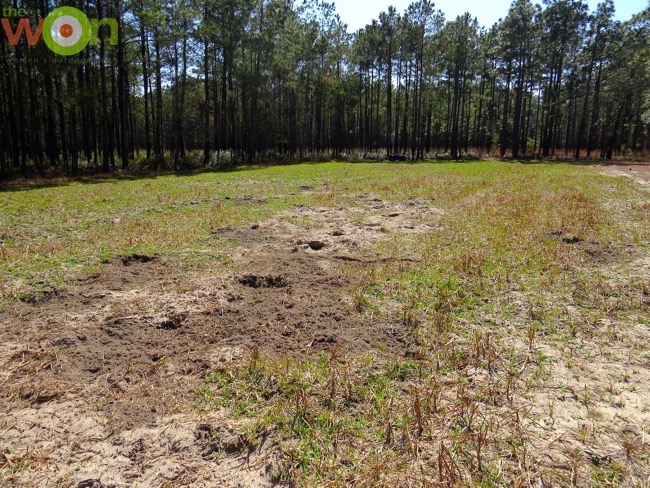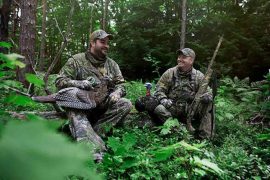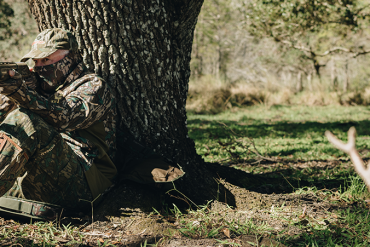For turkey hunters, springtime means hearing that unmistakable gobble through the cold morning mist. It startles us, jolting our brains and flooding our bodies with adrenaline. It’s an exciting feeling, to say the least. But, getting there—to where that gobbler is—takes some prep work.
Turkey hunting really starts before the season does. Scouting is key to finding good places to hunt. Y’all know I love using trail cameras for everything from deer season to shed hunting, and turkey season is no exception. I look for turkey sign throughout the property where I’m hunting, and place them where I think those birds might be. Look for tracks, droppings and telltale dustbowls. Turkeys will turn over the earth, hollowing out shallow basins in the loose dirt, to dust and preen, almost as if they are taking a bath. Hens may do this more than gobblers, but nature still works the same way: Come breeding time, where there are hens, gobblers will be close by.
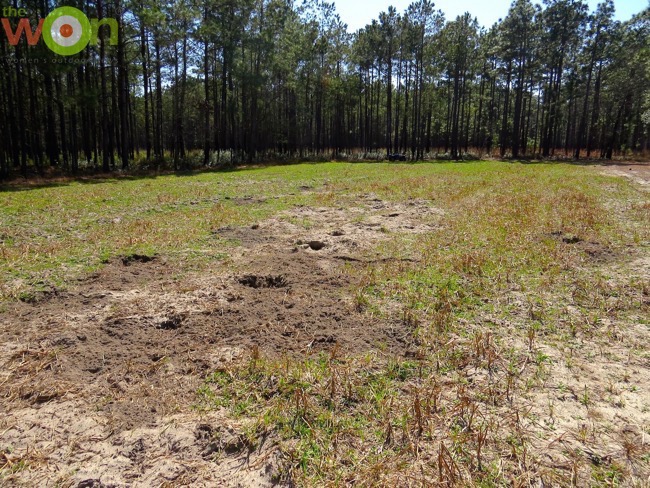
If I haven’t seen much sign, I put corn out to draw turkeys in, just to see which birds are on the property. Here in South Carolina, this is legal until 14 days before the season opens, and I make sure to give myself plenty of wiggle room so I’m not breaking the law. Between turkeys, deer, doves and other woodland creatures, the corn only lasts a day or two at most. Still, I’ve now got an idea of what toms are around and where I should start my hunts.
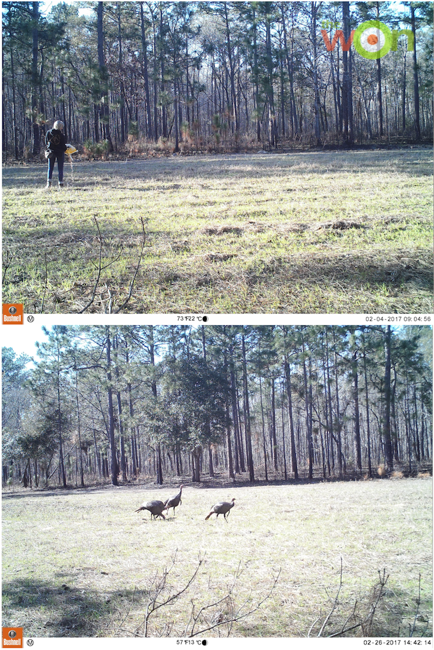
While you’re out scouting and you see turkey sign, make note of places you could set up a blind or create a makeshift one in the brush to stay hidden.
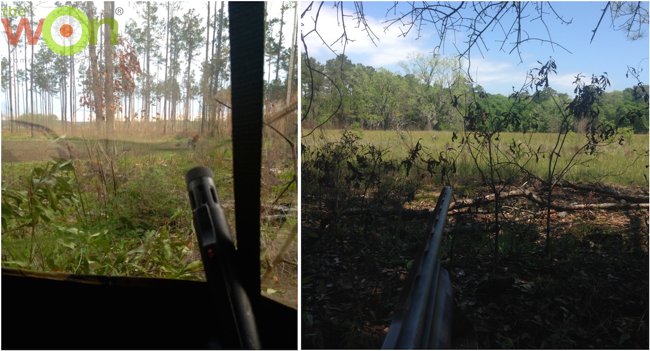
Whether you are hunting with a shotgun or a bow, practice your shots beforehand. I personally use a 12-gauge shotgun. It’s the same one I use during duck season, but fitted with a turkey choke tube and shooting turkey loads. Patterning my gun before the season opens helps me determine what my shot spread does at a given distance, which lets me know my maximum kill-shot range. Knowing that, I just need to call the turkeys inside that range.
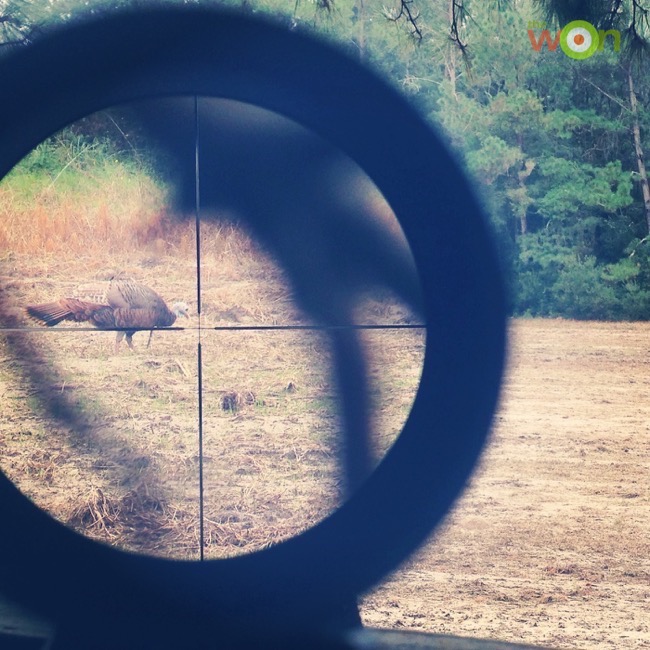
Turkey calling is a finicky task. I use both a box call and a slate call, and my proficiency at one over the other somehow changes on a day-to-day basis. Sometimes I hit that box call and I can feel every turkey in the state coming toward me. Other times, I feel sure I’ve scared every turkey out of the state instead. Practice is the only way to overcome this. Listen to recordings or watch videos real of birds, not just an app for turkey calling, and try to mimic those. After all, not all turkeys sound alike or make the exact same sounds. There are real hens that sound like someone backing over a turkey call, and some that even the best champion callers couldn’t mimic. Bottom line: Pick the call or two you’re most comfortable using and keep practicing. Having a few different sounds in your back pocket can only increase your odds.
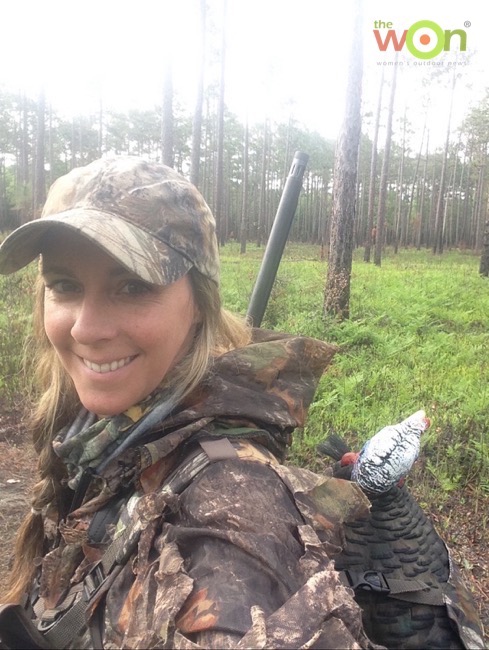
When it comes to turkey hunting, I have a bit of a love-hate relationship with decoys. I’ve had hunts where are a turkey would never have come into the field had I not put decoys out, and hunts where they’ve been detrimental. Last year, I had a hen get so comfortable with my decoys that she actually passed within a few feet of me several times, completely unfazed. My…

